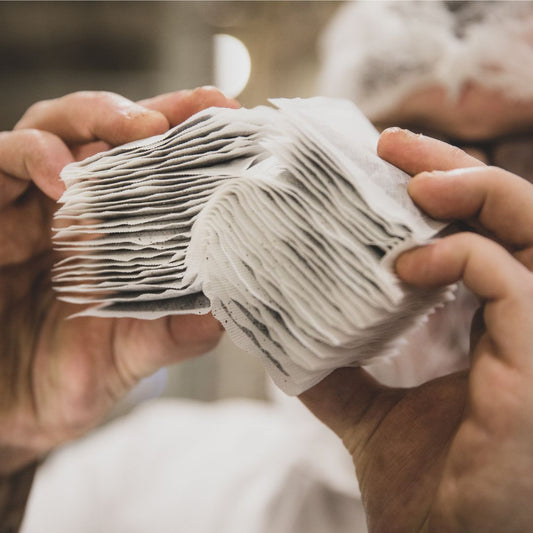News

Feel your Best with Free-From
Many of us are thinking more about our health – being curious about what we eat and drink or reducing our caffeine intake - it can be a positive move...
Feel your Best with Free-From
Many of us are thinking more about our health – being curious about what we eat and drink or reducing our caffeine intake - it can be a positive move...

Ringtons Recipe: Stem Ginger Fudge Cake
A deliciously quick and easy cake that to impress your friends and family... using ingredients from our Ginger Gift Box! Ingredients • Tbsp of Ringtons Stem Ginger Preserve • 2...
Ringtons Recipe: Stem Ginger Fudge Cake
A deliciously quick and easy cake that to impress your friends and family... using ingredients from our Ginger Gift Box! Ingredients • Tbsp of Ringtons Stem Ginger Preserve • 2...

The Brew Review: Ringtons Decaf Tea
Welcome to the Brew Review. Our dedicated team are responsible for tasting hundreds of cups of tea every day to ensure that the flavour and overall quality of our teas remains consistent...
The Brew Review: Ringtons Decaf Tea
Welcome to the Brew Review. Our dedicated team are responsible for tasting hundreds of cups of tea every day to ensure that the flavour and overall quality of our teas remains consistent...

Match your Mood
Did you know just under half of the nation (47%) enjoy a fruit & herbal cuppa?* Unlike Black and Green teas created from the leaves of the Camellia Sinensis plant,...
Match your Mood
Did you know just under half of the nation (47%) enjoy a fruit & herbal cuppa?* Unlike Black and Green teas created from the leaves of the Camellia Sinensis plant,...

Let's get Technical
It's in the bag.... You might have read about our journey to a more sustainable tea bag over the past few years, well here's a little backstory. Traditionally, everyone in the...
Let's get Technical
It's in the bag.... You might have read about our journey to a more sustainable tea bag over the past few years, well here's a little backstory. Traditionally, everyone in the...

Springtime Recipe - Lemon Daisy Tartlets
With the milder weather here at long last, now is the ideal time to spend some time in the garden and get some jobs done ready for summer. But once done,...
Springtime Recipe - Lemon Daisy Tartlets
With the milder weather here at long last, now is the ideal time to spend some time in the garden and get some jobs done ready for summer. But once done,...